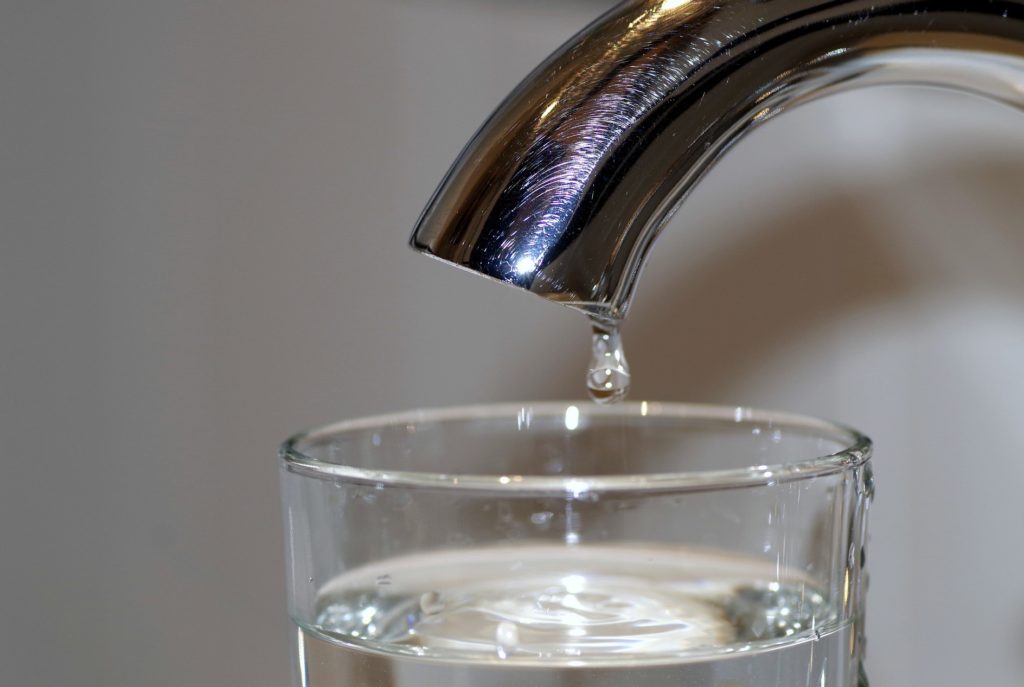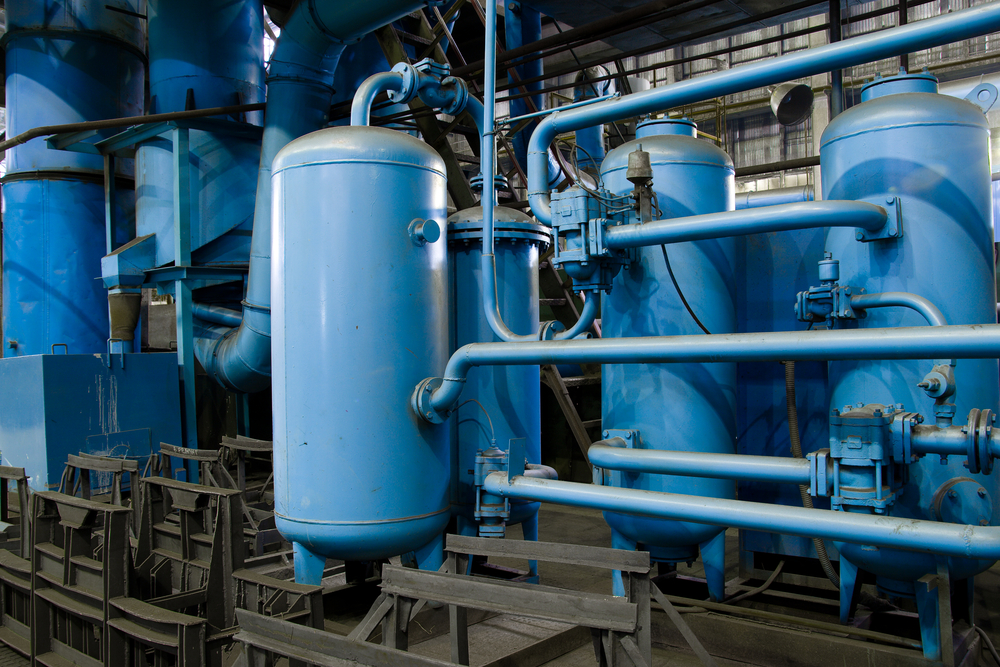Proven Tactics for Addressing Low Water Pressure in Your Home
Proven Tactics for Addressing Low Water Pressure in Your Home
Blog Article
The writer is making several good points about 4 Ways to Troubleshoot Low Water Pressure as a whole in this great article following next.

Low tide pressure in your home can be an aggravating problem, influencing every little thing from showering to cleaning dishes. If you're experiencing weak water circulation, there are a number of possible reasons and remedies to explore. In this overview, we'll go over typical factors for low water pressure and practical steps to attend to the concern efficiently.
Intro to Low Tide Pressure
Low tide stress occurs when the flow of water from your taps, showers, and various other fixtures is weaker than common. This can make everyday jobs a lot more challenging and much less effective. Comprehending the causes of low tide stress is critical to finding the right option.
Usual Root Causes Of Low Water Pressure
Pipeline Obstructions
With time, pipelines can come to be clogged with natural resource, sediment, or particles, restricting the flow of water. This is a typical issue in older homes with galvanized steel pipelines.
Rust
Rust within pipes can bring about leakages and decreased water pressure. Corrosion buildup can restrict water circulation, especially in aging plumbing systems.
Faulty Stress Regulators
Pressure regulatory authorities are responsible for preserving regular water pressure in your home. If they malfunction, it can result in low water pressure or irregular flow throughout your home.
Metropolitan Water System Issues
In some cases, the trouble lies outside your home. Municipal water supply problems, such as main line leakages or maintenance job, can momentarily decrease water pressure in your area.
Exactly How to Diagnose Low Tide Stress
Examining Taps and Components
Begin by examining the water stress at various faucets and components throughout your home. If the issue is isolated to certain areas, it may indicate localized problems.
Evaluating Pipes
Evaluate visible pipelines for signs of leaks, corrosion, or clogs. Pay attention to any kind of uncommon audios, such as knocking or rattling pipelines, which could suggest problems within the plumbing system.
Consulting with a Plumber
If you're incapable to determine the reason for low tide stress, think about working with a professional plumber to conduct an extensive assessment. They can identify underlying issues and advise suitable solutions.
DIY Solutions to Fix Low Water Pressure
Cleansing Aerators and Showerheads
Mineral deposits can accumulate in aerators and showerheads, decreasing water flow. Get rid of and cleanse these components on a regular basis to enhance water stress.
Flushing Hot Water Heater
Debris build-up in the water heater can restrict flow and decrease performance. Purging the container regularly helps eliminate sediment and maintain optimum efficiency.
Checking Pressure Regulator
Make sure that the stress regulator is functioning properly. Readjusting or changing the regulator can assist bring back appropriate water stress throughout your home.
Clearing Clogs in Pipes
For small blockages, try using a plumbing serpent or chemical drainpipe cleaner to clear obstructions in pipelines. Be cautious when utilizing chemicals and follow safety standards.
When to Call a Specialist Plumber
If do it yourself initiatives fail to deal with the problem or if you believe substantial plumbing problems, it's finest to seek aid from a qualified plumber. They have the expertise and tools to resolve intricate issues safely and effectively.
Preventive Measures to Maintain Water Pressure
Normal Upkeep
Set up routine maintenance for your plumbing system to avoid problems such as deterioration, leakages, and blockages. Addressing minor issues early can help stay clear of more significant repair work later on.
Setting Up a Pressure Booster
Take into consideration mounting a pressure booster pump to boost water pressure in locations with regularly low circulation. This can be particularly helpful for multi-story homes or properties with high-demand components.
Surveillance Water Use
Be mindful of water use routines and avoid ill-using the plumbing system. Basic modifications, such as shocking showers and laundry lots, can assist preserve ample water pressure.
Final thought
Taking care of low tide stress can be irritating, however determining the underlying reasons and executing ideal services can recover optimum circulation throughout your home. Whether it's cleaning up aerators, inspecting pipes, or seeking advice from a plumber, taking proactive steps can make sure a stable supply of water for your day-to-day demands.
FOUR WAYS TO FIX LOW WATER PRESSURE NOW
Turning on a shower or faucet only to find the water comes out in a sad, slow drizzle is never a good feeling. How exactly are you supposed to wash a pan or take a quick shower when it takes 10 minutes just to rinse off a little soap? The good news is that when your water pressure is bad, there's always a cause: typically one that can be easily fixed. Here are some of the most common causes of low pressure and what you can do to fix the issue:
DEBRIS AND MINERAL DEPOSIT BUILDUPS
If you notice low water pressure from just one or two of the fixtures in your house, the problem likely has to do with debris buildup. Water is full of minerals and other debris, all of which can accumulate in your pipes and on your fixtures. This can cause a blockage that affects how much water flows through. To fix this, try filling a small plastic bag with white vinegar, and use a rubber band to hang it around your showerhead or faucet. Let the head of the fixture soak for a few hours, and the vinegar should loosen the deposits.
WATER LEAKS
Leaks are another common cause of low water pressure. If water is flowing out of your plumbing through a hole or crack before it can reach your fixture, the pressure coming out of the faucet or showerhead will be lower. A plumbing professional is your best bet for finding and repairing a leak in your water supply pipes.
Leaks are another common cause of low water pressure. If water is flowing out of your plumbing through a hole or crack before it can reach your fixture, the pressure coming out of the faucet or showerhead will be lower. A plumbing professional is your best bet for finding and repairing a leak in your water supply pipes.
FOUR WAYS TO FIX LOW WATER PRESSURE NOW
Turning on a shower or faucet only to find the water comes out in a sad, slow drizzle is never a good feeling. How exactly are you supposed to wash a pan or take a quick shower when it takes 10 minutes just to rinse off a little soap? The good news is that when your water pressure is bad, there's always a cause: typically one that can be easily fixed. Here are some of the most common causes of low pressure and what you can do to fix the issue:
DEBRIS AND MINERAL DEPOSIT BUILDUPS
If you notice low water pressure from just one or two of the fixtures in your house, the problem likely has to do with debris buildup. Water is full of minerals and other debris, all of which can accumulate in your pipes and on your fixtures. This can cause a blockage that affects how much water flows through. To fix this, try filling a small plastic bag with white vinegar, and use a rubber band to hang it around your showerhead or faucet. Let the head of the fixture soak for a few hours, and the vinegar should loosen the deposits.
WATER LEAKS
Leaks are another common cause of low water pressure. If water is flowing out of your plumbing through a hole or crack before it can reach your fixture, the pressure coming out of the faucet or showerhead will be lower. A plumbing professional is your best bet for finding and repairing a leak in your water supply pipes.
Leaks are another common cause of low water pressure. If water is flowing out of your plumbing through a hole or crack before it can reach your fixture, the pressure coming out of the faucet or showerhead will be lower. A plumbing professional is your best bet for finding and repairing a leak in your water supply pipes.
A VALVE ISSUE
If you have low water pressure throughout your home, check your main shut-off valve to make sure it's completely open. You may also want to see if there's a pressure-reducing valve installed. If there is, have a plumber help you adjust the settings to get the pressure you're looking for.
OTHERS USING WATER
Believe it or not, your low water pressure could be caused by your neighbors. If you notice low pressure at certain times of day, it may be because you and the people living next to you have similar schedules - when everyone is showering at the same time, the pressure will be lower in every home. Low pressure throughout the neighborhood may also be caused by an issue with your municipal water supply. If that's the case, call the supplier to see if they're working on the issue.
https://www.rotorooter.com/blog/water-leaking/low-water-pressure-fixes/

We had been made aware of that article about 4 Ways to Troubleshoot Low Water Pressure through someone on our other website. Enjoyed reading our write up? Please quickly share it. Let another person find it. I value reading our article about 9 Reasons for Low Water Pressure in Your House.
Estimating Report this page